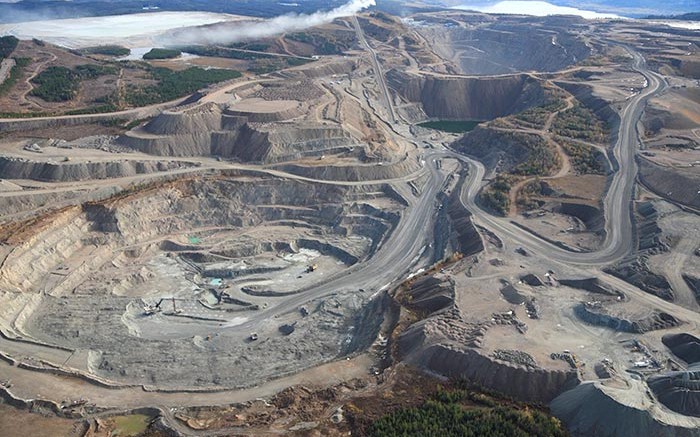The following is a summary of the newly released Molybdenum Market Outlook from New York-based research firm CPM Group. The full study offers in-depth analysis of global molybdenum supply, demand and price trends, including projections for the next 10 years. The report includes mine-by-mine production statistics and forecasts from 2000 through 2023, mine costs for both primary and by-product producers in China and the Western world, details on global roasting capacity, demand projections by end-use and information on regional molybdenum markets around the world. For more information contact Matthew Taub at (212) 785-8320, or moly@cpmgroup.com.
Molybdenum prices rebounded in 2014 after three consecutive years of annual price declines. Prices were bolstered by the underlying strength in demand for molybdenum. Prices remained below the historical average of US$13.09 per lb. between 2009 and 2013, however. Looming surplus over the near- and medium-term horizon is likely to weigh on annual prices through 2016.
In the near-term, uncertainties may arise from pending changes to China’s export and resource tax policies. The government has maintained current molybdenum export duties for 2015 until further announcement in May 2015. In the meantime, the government may move ahead with proposed changes in resource taxes as early as the start of 2015. Prices may face short-term headwinds if the market grows concerned about possible outflow of Chinese stockpiles after the potential removal of current export duties. However, if policy changes increase domestic production costs in China, molybdenum prices may receive some fundamental support.
Over the next 10 years, molybdenum supply growth will hinge on supplies from copper mines that produce molybdenum as a by-product. The market share of by-product producers averaged 50.9% between 2010 and 2013. Molybdenum by-product output is projected to increase at an annual rate of 5.6% and contribute more than 70% of new supplies expected to be brought online during the projection period.
Positive fundamentals in the copper market combined with historically elevated molybdenum prices between 2008 and 2012 have encouraged many by-product producers to expand their copper and molybdenum operations, which could contribute to medium-term molybdenum supply growth. However, over the past two years, cost-cutting measures by large diversified mining companies have delayed development for many longer-dated copper projects. As a result, molybdenum supplies from by-product producers are expected to slow during the second half of the 10-year projection period.
China is the world’s largest primary molybdenum producer. Its contribution to global production is expected to decline 28% between 2019 and 2023 from a 32% historical average between 2000 and 2013. It is largely due to structurally elevated cost of production and potential changes in policies in its molybdenum market. Production from Chinese swing producers — small- and medium-sized mines — had declined over the past few years due to adverse market conditions and higher production cost. CPM Group projects supplies from these producers declined on average 12% in 2013 and 2014, after adjustments to prior years’ official statistics.
Growth in global molybdenum demand is estimated at 3.1% in 2014, up from 2.9% in 2013. The increase in demand growth is helped by ongoing recovery in specialty steel use, as well as positive growth in its application in the non-metallurgical sector.
Molybdenum demand growth is expected to stay moderate for the first half of the forecast period. A temperate longer-term growth outlook for industrial production in several key emerging markets — coupled with uneven and fragile economic recovery of developed economies since the 2009 recession — will largely remain in the background, keeping a cap on growth of molybdenum’s many end-uses.
Near-term global economic headwinds could cap the growth in several steel sectors over the next several years. However, decent stainless steel production growth — mostly from China — is expected to provide support for molybdenum consumption growth in this sector. Rising wealth and living standards improvement in emerging markets could also drive stainless steel consumption and thus molybdenum demand growth in the later years of the forecast period.
Molybdenum demand growth is expected to be slightly back-loaded in the forecast period. Long-term requirements and investments in energy infrastructure and growth in transportation industry, as well as increases in the intensity of molybdenum use in emerging markets, could drive stronger growth of molybdenum end-use in the steel industry. In addition, non-metallurgical molybdenum consumption, which includes molybdenum use in catalysts, is projected to record more robust growth during the projection period.


Be the first to comment on "Commentary – CPM Group: China key to moly market"